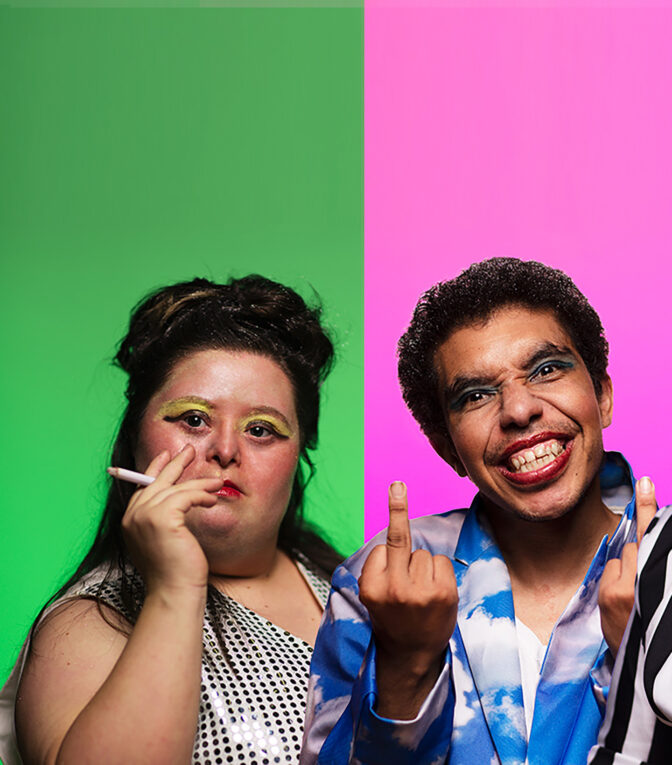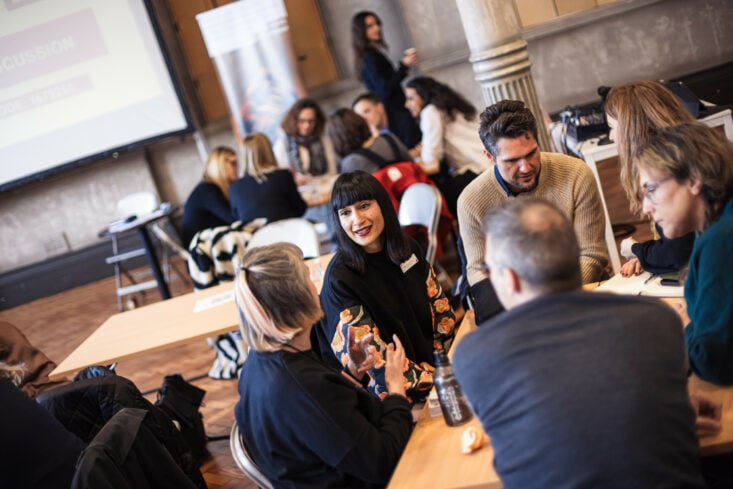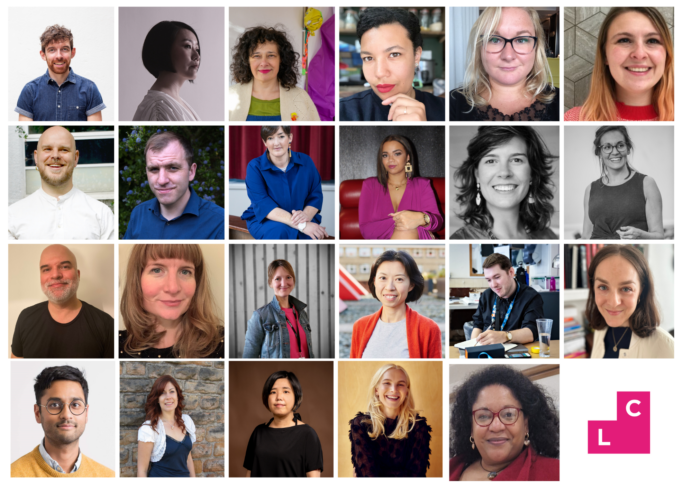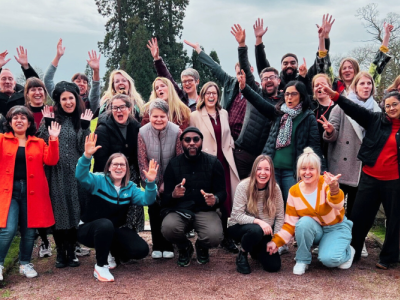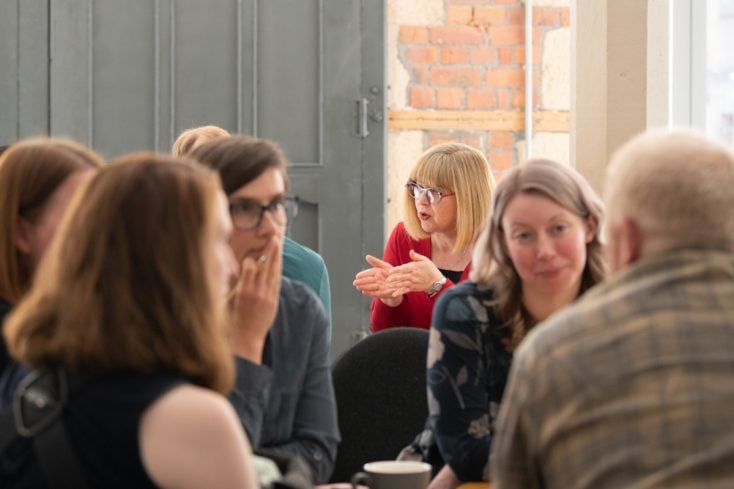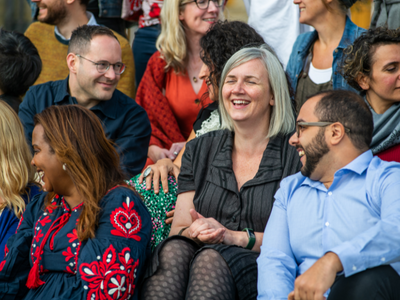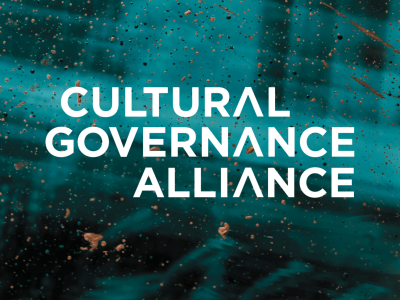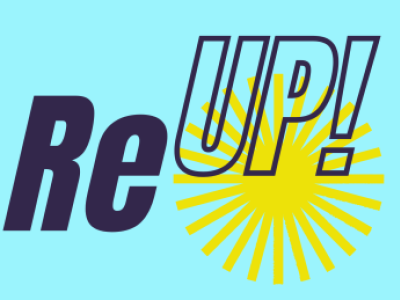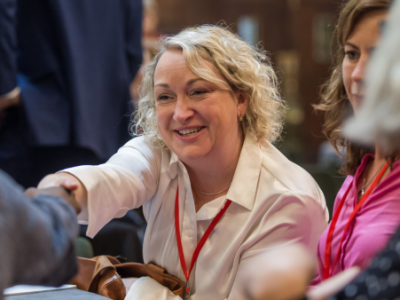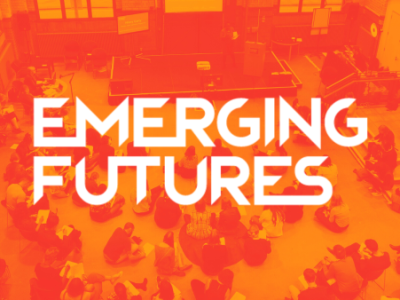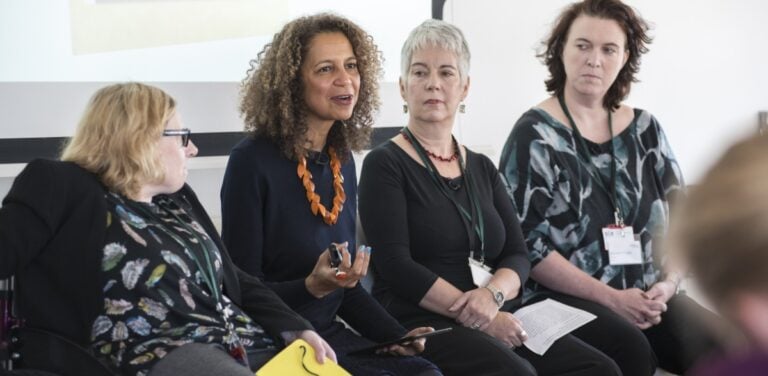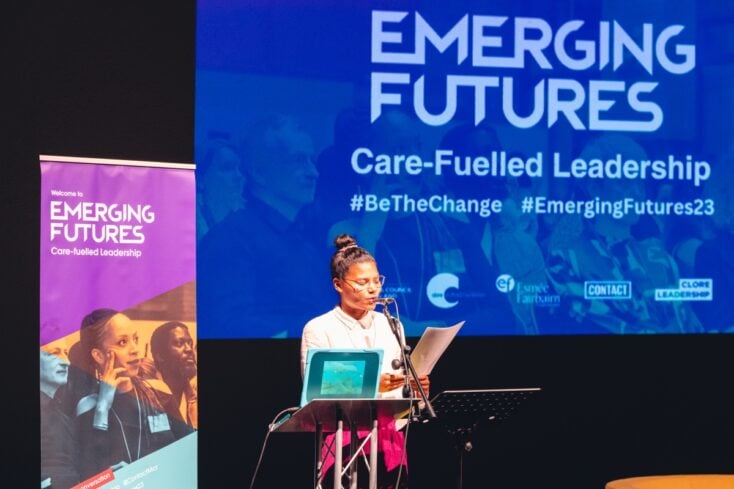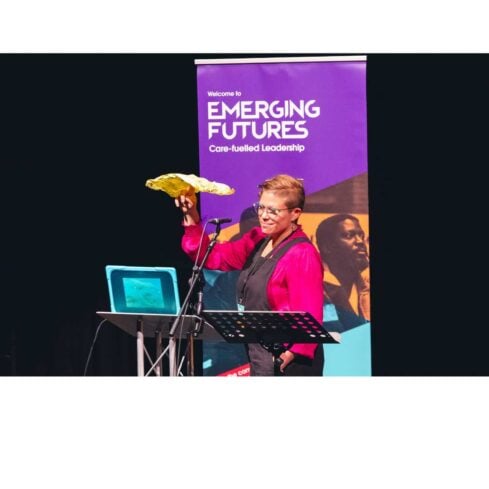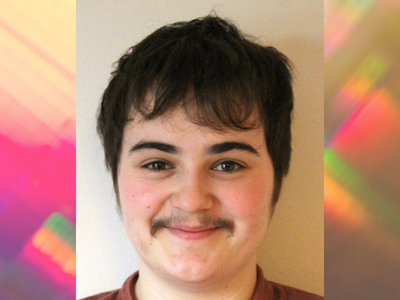Against Empathy; Curating Angry Voices – A Vital Leadership role?
Clore 15 Fellow Hayley Williams-Hindle writes about anger in the arts; curating angry voices and using anger as a motivator for change. This is part one of her two-part provocation paper.
Culture is stagnant on many measures of diversity and representation because we’ll put angry voices on stage, but we’ll rarely listen to angry voices behind the scenes.
Why do we applaud the brave and angry work that we programme, but shy away from allowing those same voices to play other more permanent roles in our cultural organisations?
Groupthink and tribalism, left unchecked, will doom us to more stagnation even against the genuine drive to be truly representative in our Cultural organisations and institutions. On the measure of disability alone, ACE’s Diversity report for 17/18 shows that in employment figures for National Portfolio Organisations and Major Partner Museums continue to be significantly lower than the 20% of working age adults in the UK who identify as having a work limiting disability, at just 5%, and there continues to be high levels of ‘unknowns’ for disabled contractual and voluntary workers at 50% and 55% respectively. PANIC! Report ‘Its an Arts Emergency’ explores some of the structural beliefs that underlie some of this inequality. We suffer from groupthink because we don’t truly listen out for, and hear, different and dissenting voices.
In my particular area of interest, autism (more specifically, what used to be called Asperger’s Syndrome or autism without additional learning disability or speech delay), the recorded employment numbers are dire. Less than 1 in 6 of college educated autistic people in the UK are in full time work (1). But 76% of diagnosed autistic people want to work, and the largest proportion of those want to work in the Cultural sector. Contrary to what the media would have you believe, autistic people aren’t all gifted computer programmers, and many autistic people are disabled in the very thing that we are judged on at interview: understanding of social cues, which actually has little to do, in most cases, with performing the job itself. The proportion of people of colour, working class people, other marginalised groups, and intersectionally different people at all levels within the wider cultural workforce has some way to go, too, before the sector represents the society we live in.
Empathy Isn’t the Solution
As humans, we are neurobiologically wired for connection with others as a survival mechanism. But, like many of our evolutionary adaptations, these mechanisms for instinctive connection serve equally to confound us in the modern age.
There is a drive to work on building empathy as a way of improving our attitudes towards one another and our tolerance of difference within our sector. But I’m not sure that this emphasis is useful, and on a personal level I have learnt not to trust many of the structures we build that rely on it. The empathy of others is often fickle, and has rarely served me in my working life.
Respected theories offer an evolutionary perspective. Empathy has three stages:
- Affective arousal allows us to attend to our own emotional signals. It’s hard-wired in humans as a way of coding whether we should move towards a stimulus (prompted by emotions like happiness, compassion, anger, and fulfilment) or away from it (prompted by emotions like fear, sadness, disgust, guilt).
- Empathic concern is emotional contagion, where the release of oxytocin in one person generates a similar state in another – like when one baby crying sets off another. It develops in order to facilitate extended nurturing in mammals, to give a strong reward for care-giving behaviours within groups. Oxytocin increases trust between groups, and decreases trust and drives protective behaviours against people who are not group members.
- Empathic understanding increases our ability to reflect on the thoughts, intentions and emotions of others.
At the level of the brain, empathy reinforces the bonds between a group, to the exclusion of those outside of it – so it can be understood as an emotional response that is rational only within the groups that it serves.
Compassion vs Empathy
‘Our cognitive biases channel our empathy towards specific, vivid, observable examples of human suffering, and away from stigmatised groups, while our social conditioning channels our empathy in directions that serve the interests of those with the power to do the conditioning. … Reason is amoral. Selective empathy can be as much a cause of cruelty as a solution to it.’ Raoul Martinez, Creating Freedom
Empathic concern easily tips into empathic distress when we have a strong physiological empathic concern to the distress of another. This is termed the Empathy Trap, and when it happens, as it frequently does, studies have shown that we are prone to burnout, withdrawal and non-social behaviour, and we’re also likely to help less. (2) Our capacity for empathy diminishes, too, as the cognitive load that we are under increases. There are huge implications here for team interactions when workloads become ever more stressful and pressurised.
What we need instead, I believe, is the harder work of compassion, which takes empathic concern further, and activates parts of the brain associated with ‘doing’.
Compassion is the job of the left hemisphere of the brain, and is closely associated with the motivation that anger creates in us – driven, as it is, by the same left-brain activity areas. Compassion is an active emotion, not passive and potentially cathartic as empathy may be. Compassion, as distinct from empathy, is responding with positive emotion to the negative emotion of another. Compassion can be trained in people by using meditation, and it promotes pro-social motivation – doing things for the good of others. Compassionate behaviour needs to be driven by principle and not by fickle empathy.
But more than this; the emphasis and reliance on empathy as primary tool for change has the potential to lead us backwards, to more segregation of lives and views. Scientists talk about the Rebound Effect or the Rebound Bias. It’s a firmly established and well understood phenomenon. Here’s how it works; Maybe your workplace is on an instrumental drive to increase diversity stats and a new person joins your work team and they are noticeably different to you (on any dimension of protected difference characteristic. Maybe they are adherents of a different religion, or disabled – really anything) Once the team gets to know each other we hope that we become comfortable and accepting of the ‘different’ person on the team – this person is now one of us. We are empathetic towards them. This is all great of course – this is what we want to happen within our teams. But here’s the downside of the bias that then occurs if we’re not careful; we believe that we don’t hold [ racist] views because there’s [a person of colour] on our team and they’re part of our in-group! We are accepting of them! Frequently, and grotesquely, that person may then also become an unwitting talisman – a public representation of what a company believes are its own egalitarian principles. But reason is a fickle and illogical thing in the human brain; If the playing field is perceived to be more balanced than before by having some level of diversity on our own teams, then on a less than conscious level, we believe that the need for policies to address systemic inequality is lessened. Witness the recent revealing indications of institutionalised racism in the BBC, for example.
When our individual and institutional biases go unchecked and unexamined we see the inevitable demonstration of that bias – in this case, racism in action. (3) What do these examples tell us about what is really needed? This instrumental approach to representation and in-group cohesion won’t ever be enough. Change in our cultural organisations has to be deeper; mindful and reflective, systemic and structural, and driven by policy. Not just by interventions to improve in group empathy.
Audiences and Empathy
When our audiences are segmented and targeted along already divided lines by marketing initiatives, and are not more representative of our society, we risk creating empathetic groupthink within them. Is the value of empathic response to creative output diluted when audiences are alike? Does empathy within work teams serve to further reinforce our rejection of people who aren’t in our team, as nature intended empathy to function? These are questions that we should be asking.
We must work out how we can use empathy to form cohesive organisations while still embracing the message of frustrated voices both within them and outside of them. How do we ensure that empathy develops into compassion and doesn’t just remain as a cathartic experience? How do we ensure that we are transparent about the aims of such empathy nudges, and to what extent are we clear about, and taking responsibility for, their potential for harm? (4)
Surely, if empathy resulted from being treated empathetically (if others share our emotions and seek to understand them as end goal) then all the ‘-isms’ would have ended a long time ago. But they haven’t. Racism, sexism, homophobia, ageism, disability discrimination … all of these and more are still rife in society. Clearly it’s just not enough – humans are ultimately too invested in the status quo to be relied upon to give up power and influence simply because we feel empathy. The limits of our empathic response are well documented. The horrors that otherwise ordinary people can be made to do to ‘outgroups’, when empathy is concentrated within an experience, should keep us all sober to these facts. (2) Compassion, by contrast, makes space for hearing anger. It makes space for different worldviews and experiences.
It is possible to give space to angry voices without needing to employ empathy. For unpleasant and unpalatable views there may be little value in an empathetic response, but we can still engage on the level of logic and dispassionate reason, and by offering up examples and individual relationships that contradict the bigotry and nostalgia, ignorance and apathy, that holds people back from considered thinking.
Here’s more reason; must empathy really be extended more to those of us who are privileged by those of us who are less so? Can we honestly expect empathy of people who represent a section of diversity when they are only rarely offered a place at the table? Don’t we still need their angry voice to represent the spaces still not offered, to counter the easy complacency and tokenism and tribalism that set in when we stop being vigilant? Empathy alone can never be enough.
In fact, autism shows us that pro-social behaviours can still be practiced when cognitive empathic understanding is not present. Progressive theories talk about a double empathy problem: non-autistic people have just as much trouble interpreting the cultural norms of autism as vice-versa. Would anyone dare to argue that this makes any of us less able to show kindness and compassion to people who are not like us? Manipulators rely on an empathic understanding in order to do their work, and even sociopaths can be empathetic – they simply choose when not to be, a power that we all have.
Anger is an emotion that keeps us attendant – to imbalance and injustice, and also to unsettled norms. Anger is an important barometer of frustration; we ignore it at our peril. Instead of relying on a neurochemical hit of warm fuzzy oxytocin to reward and drive us, let’s instead commit to seek out the angry voice, to listen, to challenge on equal terms, to credit the speaker with as much humanity and normal-ness as we credit ourselves, and to extend compassion – which is a verb as much as an emotion – where it is due. This is the power that we offer, a voice heard, and it needn’t require empathy – which may be the important barrier that actually keeps us from engaging with views we find difficult or unsavoury.
Notes
- Read about the autism employment gap at Austism.org
- Eisenburg & Eggum 2009, Singer & Klimecki 2014
- Ernest Klee, Dressden, Riess. ‘The Good Old Days’, The Holocaust as seen by its perpetrators and bystanders.
- More discussion on the limits of empathy can be found here. Rational Intuition: Philosophical Roots, Scientific Investigations edited by Lisa M. Osbeck, Barbara S. Held
- Psychology Today for why trying-not-be-prejudiced-backfires
This is part one of Hayley’s two-part provocation paper. You can read part two.
Themes Qualities of Leadership
